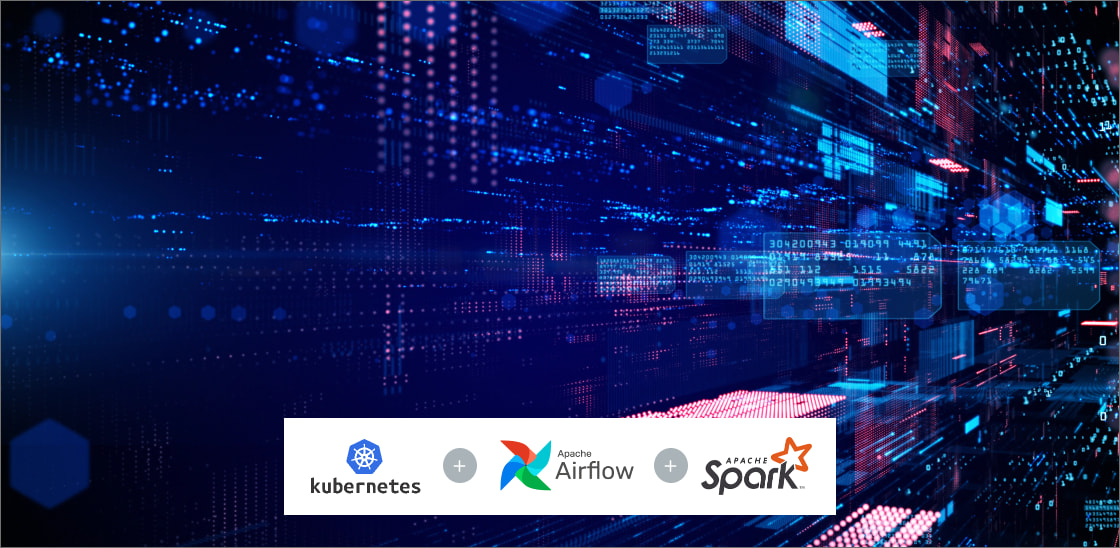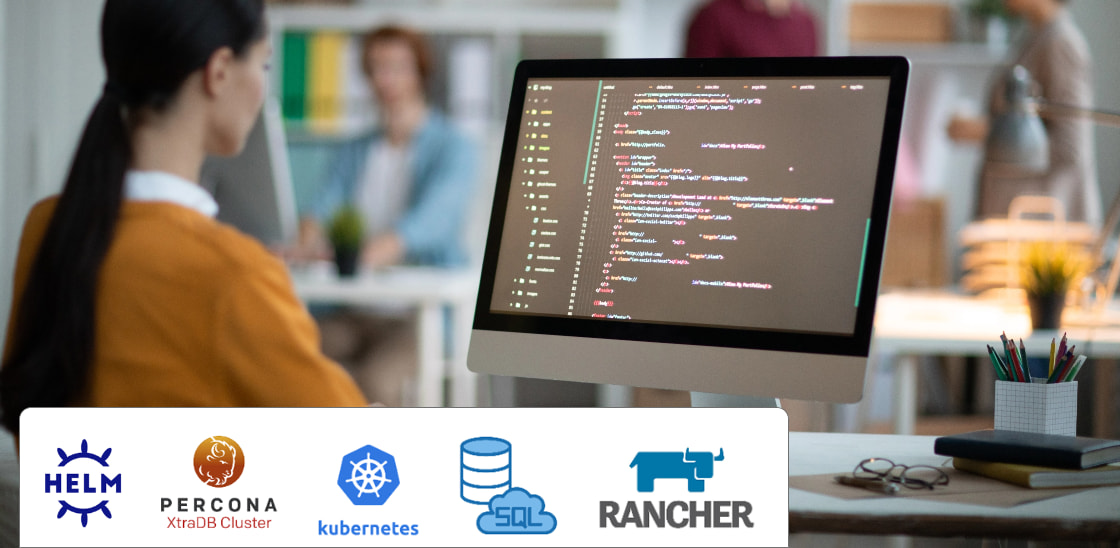Best practices for faster development of data pipelines on Databricks using dbx
Reading Time: 5 minutes

The efficient development of data pipelines is critical for businesses to extract actionable insights from their data. Inefficient data pipelines can result in delays, errors, and inconsistencies in data processing, thereby compromising the accuracy and reliability of the data being used for decision-making. According to Gartner, poor data quality has an average annual cost of $13.3 million for organizations.
Databricks CLI eXtensions (dbx) emerges as a game-changing command-line tool that revolutionizes data and ML team workflows within the Databricks platform. In this article, we explore the purpose, capabilities, and strategic integration of dbx, outlining best practices for faster data pipeline development.
As a versatile command-line tool, dbx is tailored to enhance the development and management of advanced workflows on the Databricks platform. Unlike standalone solutions, dbx seamlessly combines with Continuous Integration and Continuous Deployment (CI/CD) pipelines, making it an indispensable asset for modern development environments.
At its core, dbx aims to enrich the development experience for Data and ML teams on Databricks by offering an array of capabilities, including:
- Ready-to-use project templates: Kick-start your projects with pre-designed templates, or craft custom templates tailored to your specific needs.
- Streamlined environment configuration: Effortlessly set up multiple environments, ensuring consistent development across teams.
- Python-focused interactive development loop: Experience an agile iterative process for Python-based projects, expediting code refinement.
- Flexible deployment configuration: Seamlessly configure deployment settings to match your project’s requirements.
- Built-in versioning: Ensure accurate version control for your deployments, minimizing errors and facilitating rollbacks.
- Incorporate Built-In Testing: Provide examples of sample tests (including unit and integration tests) and illustrate methods for automating them within the Databricks workflow.
By leveraging its command-line interface, dbx seamlessly integrates with a variety of CI/CD pipelines, regardless of the CI provider chosen. This integration streamlines development processes, automates testing, and facilitates smooth deployment to different environments.
How dbx is the all-in-one solution for data pipeline development
The distinctiveness of dbx sets it apart from other tools in data pipeline development. Understanding these differences is pivotal in making well-informed decisions that can significantly impact the efficiency and effectiveness of data processing workflow.
| Other tools | DBX advantage |
|---|---|
| Databricks CLI | dbx is not intended to replace databricks-CLI; on the contrary, it relies heavily on databricks-CLI and utilizes the majority of its APIs directly from the databricks-CLI SDK |
| MLflow CLI | dbx is distinct from the mlflow CLI and should not be considered a replacement. Although dbx utilizes certain MLflow APIs internally to store serialized job objects, it does not directly employ the mlflow CLI for its operations |
| Databricks Terraform Provider | While dbx primarily focuses on versioned job management, the Databricks Terraform Provider offers a broader range of infrastructure settings. Unlike the Terraform Provider, dbx does not include infrastructure management capabilities; however, it compensates by offering more flexible deployment and launch options |
| Databricks Stack CLI | Databricks Stack CLI is an excellent tool for managing a stack of objects. In contrast, dbx prioritizes versioning and packaging jobs together, rather than treating files and notebooks as separate components |
Overcoming development limitations with dbx
dbx is suitable for interactive development in Python and JVM-based projects, but not for R-based projects. It lacks interactive debugging capabilities, but users can utilize Databricks Connect for this purpose alongside dbx for deployment. While Delta Live Tables are supported for deployment and launch, the interactive execution mode is not enabled in dbx.
To address the limitations of dbx, Sigmoid adopted a solution by using the Databricks connector in Visual Studio. We employed dbx solely for deployment, helping us swiftly test the workflow by deploying it in a Databricks job cluster. Typically, developers utilize Databricks notebooks to test code snippets. Once validated, they convert the code into a Python function and integrate it into the workflow.
Best practices for faster development with dbx
Development best practices using dbx include utilizing project templates, streamlining multi-environment setup, implementing flexible deployment configurations, and capitalizing on built-in versioning. These approaches collectively empower teams to establish efficient, standardized workflows, accelerate pipeline development, and ensure smooth deployments.
From a code packaging and delivery perspective, two distinct processes are involved in bringing workflows to environments:
- Continuous Integration (CI): This is used to streamline the management of code changes within a specific project with components such as unit and integration tests. It ensures that code changes are appropriately managed and tested within the development environment. However, deploying artifacts to specific environments is not possible here.
- Continuous Delivery (CD): It helps propagate code changes from the development environment to production environments and ensures proper release management.
In the context of workflows, DevOps refers to the automated process of accepting code changes and rolling out releases to different environments.
How we help create a robust PII framework using dbx
A robust Personal Identifiable Information (PII) framework is a critical requirement for data security and compliance in today’s digital age. To achieve this, effective management of data processing workflows is essential.
We have helped our customers leverage job clusters within Databricks which allow for the efficient execution of tasks, enabling parallel processing and resource allocation. In addition to this, automating the deployment pipelines using Continuous Integration/Continuous Deployment (CI/CD) practices ensures that updates, including those related to PII management, are seamlessly integrated into the production environment.
Sigmoid has introduced dbx to use cases like these, simplifying code deployment within Databricks and implementing a Python package-based methodology. Some of the key highlights of our solution approach are:
- Establishing a framework structure that can be adopted by Data Engineering teams for efficient development.
- Incorporating dbx code with the unit and integration test framework
- Setting up CI/CD pipeline for testing and deployment, integrating versioning with bump2version
- Implementing git flow branching and environment-based branches which allows efficient updates and redeploys the PII framework across different environments
- Configuring job clusters for development, QA, and production
- Logs and monitoring data from Databricks and dbx CLI to facilitate pipeline execution oversight
This solution had a significant business impact by integrating comprehensive unit and integration testing into the framework. It enhanced the deployment process through a streamlined CI/CD pipeline and implemented version control for deployed packages. Furthermore, it empowered developers to experiment with workflows and job clusters, fostering innovation. The adoption of a well-structured Python-based approach, utilizing inheritance effectively, ensured a robust design structure for our codebase, ultimately driving improved efficiency and maintainability.
Conclusion
The efficient development of data pipelines is crucial in harnessing actionable insights from data, and Databricks CLI eXtensions (dbx) emerges as a powerful tool for this task. By seamlessly integrating with Continuous Integration and Continuous Deployment (CI/CD) pipelines, dbx transforms the landscape of data and ML team workflows within the Databricks platform. By embracing dbx and adhering to these best practices, organizations can establish standardized, efficient workflows, accelerating pipeline development and ensuring seamless deployments.
About the Author
Gitesh Shinde is a DevOps Lead at Sigmoid with a strong focus on DevOps practices and automation. His current role involves overseeing and driving the implementation of DevOps principles within the organization, optimizing software development and deployment processes, and fostering a culture of collaboration and efficiency.
Featured blogs
Subscribe to get latest insights
Talk to our experts
Get the best ROI with Sigmoid’s services in data engineering and AI
Featured blogs
Talk to our experts
Get the best ROI with Sigmoid’s services in data engineering and AI






